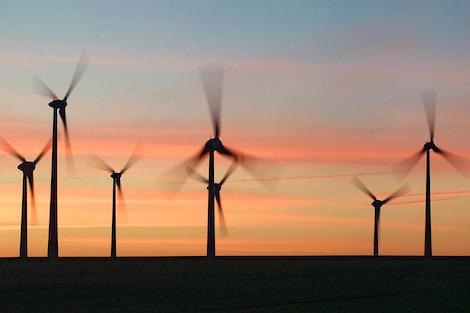Energy Shipping Management
Hurricane Ida had far-reaching impacts on several business sectors — particularly on energy. Energy shippers, carriers, and freight procurement teams are no strangers to having to navigate several unique nuances and challenges given the sensitivity of what they are shipping. But the destruction of Hurricane Ida threw a whole new level of complication into the mix.
With that in mind, here are a few areas in particular that energy shippers (or any shipper for that matter) need to keep in mind as the natural disaster season continues to rumble on.
Higher rates
Often after a disaster, freight rates will rise quite high as the market has to recoup its losses. When Hurricanes Harvey and Irma slammed the South back in 2017, spot truckload rates hit two-year highs in the aftermath. Therefore, shippers need to lean into technology and data to better predict the freight market so that they can plan for these types of disruptions should they occur.
A limited supply
Due to COVID, the summer shipping season, and other factors, capacity was already stretched razor-thin. Granted, given the specialized cargo, energy shippers are used to dealing in a more narrow carrier and capacity market. But when a natural disaster hits, finding capacity can be virtually impossible without the right tools in place. And unfortunately, many shippers today lack the sophisticated tech to find and lock in capacity in real-time, which would drastically help alleviate capacity woes.
Safety and Reliability
It is imperative that energy goods are shipped as safely and securely as possible. And unfortunately, when capacity gets disrupted en masse, it can mean that shippers need to rely on less reputable carriers. This can result in product mishandling or worse. Fortunately, however, thanks to innovations in AI and sophisticated data science shippers can not only see which carriers are available but also review performance before contracting them.
For more information on navigating through natural disasters, read “Navigating Natural Disasters: A Guide for Food Shippers” published on Food Manufacturing (9/21/21).

